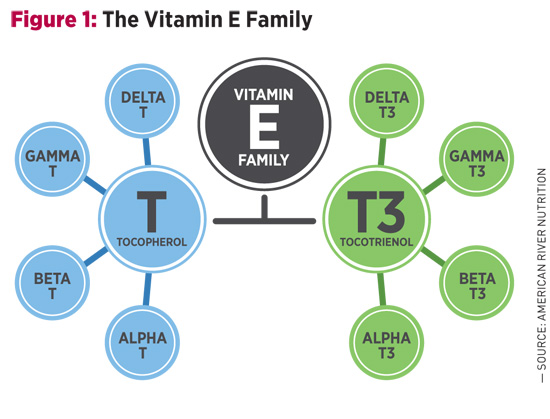Abstract
Diabetes mellitus is a metabolic disorder characterized by the development of vascular complications associated with high morbidity and mortality and the consequent relevant costs for the public health systems. Diabetic kidney disease is one of these complications that represent the main cause of end-stage renal disease in Western countries. Hyperglycemia, inflammation, and oxidative stress contribute to its physiopathology, and several investigations have been performed to evaluate the role of antioxidant supplementation as a complementary approach for the prevention and control of diabetes and associated disturbances. Vitamin E compounds, including different types of tocopherols and tocotrienols, have been considered as a treatment to tackle major cardiovascular outcomes in diabetic subjects, but often with conflicting or even negative results. However, their effects on diabetic nephropathy are even less clear, despite several intervention studies that showed the improvement of renal parameters after supplementation in patients with diabetic kidney disease. Then we performed a review of the literature about the role of vitamin E supplementation on diabetic nephropathy, also describing the underlying antioxidant, anti-inflammatory, and metabolic mechanisms to evaluate the possible use of tocopherols and tocotrienols in clinical practice.

